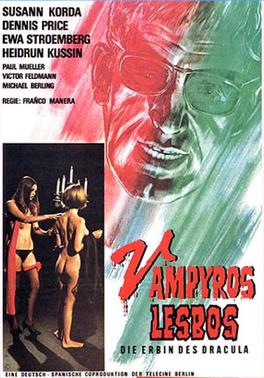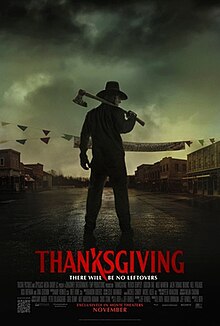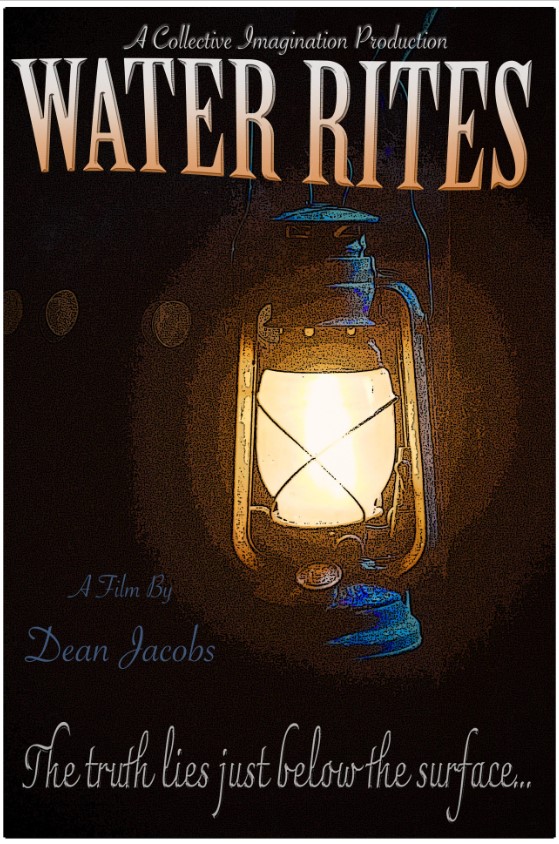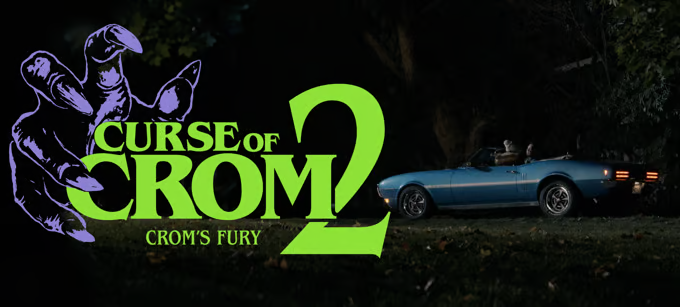A few days ago, I came across an article on Bloody Disgusting about Cuphead and the resurrection of the old-timey cartoons of our nightmares. And it got me thinking, how in the world did cartoons ever become marketed towards children?!
If you’re anything like me, you’re actually an old person trapped in a 20-something year-old body. You may go to bed early and wake up at the crack of dawn (or not). You might even listen to the music your parents listened to. The biggest thing, though, is your love for the cartoons of yesteryear. The same qualities of horror drive us to these long-forgotten treasures.
- Morality. Early cartoons were akin to stories that would fit in with fairy tales and Bible verses. No drinking. No sex. No stealing. No perverse actions that would out you from proper society allowed.
- Styling. Something Tim Burton and Guillermo del Toro would drool over. Cartoons venture to the opposite side of the uncanny valley, with characters only-slightly reminiscent of real-life people and animals, and all the curved angles (called “rubber hose animation”) you can think of. Who ever thought missing right-angles could give us the heeby jeebies?
- Storylines. The plot is always thickening with stories that don’t make sense, or continue on an endless, crazy loop. The characters never seem to be truly out of danger.
- Just the fact that they’re old. Old things will forever be linked to horror in our minds. Ancient mummies, Victorian vampires, and curses from as little as 20 years ago have the same bite as cartoons from the first half of the 20th century. We’re reminded of the time periods they were made in, and all of the horrors that came with it.
That said, it’s a little confusing how these heavy topics and visuals could be marketed towards kids. Sure, anthropomorphic animals and rhyming soundtracks are practically made for kids entertainment, but the surreal and frightening situations these characters get into is absolutely frightening.
Or, at least they are to us now in the 21st century. Let’s bring it back a hundred-or-so years to the early days of animation. Years of war create a dismal atmosphere of death and destruction, something that will return again in the 40s. Immigration (both from foreign peoples coming to America, as well as citizens within the country) continues to bring new faces and cultural actions to the forefront, represented in media as misunderstood caricatures. Politics and religion reign supreme, with Prohibition and women’s rights movements pushing boundaries of what is morally right and what is God’s will. Finally, we have the events leading up to and including the Great Depression; lives of excess and debauchery wreaked havoc worldwide that many people couldn’t recover from.
With this background, it’s no wonder animated cartoons were eerie. Animation studios from Fleischer to Disney, Metro-Goldwyn-Mayer, Hanna-Barbera, Warner Bros. and more took these ideas and essentially created cartoons from Hell. Nearly everything a character could do to have fun was met with a punishment. Drinking will get you kidnapped. Stealing will put you in a grave. Looking at a scantily-clad woman will land you in a creepy cult. Even fairy tales were made into ghastly recreations of their already-scary story counterparts. And although these very adult themes were easily accessible to adults, they were also accessible to children. I like to describe this in the same way as you would a drug dealer trying to “stretch” their… uh… sugar supply. You have enough sugar (drugs, alcohol, sex) to sell to 5 people (adults). By adding a little bit of something similar to the pile, like flour (funny characters and silly situations), you now have enough for 3 more people (children) — getting you more profit. Pretty soon, there’s more flour than sugar, and you have the Uncle Grandpa’s and post-2004 Spongebob’s of today.
Before YouTube got popular, these cartoons were a bit hard to come by. Outside of Cartoon Network/Boomerang’s series ToonHeads, creepy-ass retro animations were largely found on family VHS tapes or in vintage shops and museums. Today, we’re lucky enough to have a revival of those same styles through games like Cuphead and newer Mickey Mouse shorts. I’ve noticed that we’re actually seeing a bit of a reverse process and adding more “sugar” back into the mix. While today’s animations are clearly marketed towards kids, the adults accompanying them can still have a laugh with jokes and situations that go over children’s heads. The old-timey cartoons we’re so fond of are indeed making a welcome comeback. They may not be as creepy or vile or deviant of their predecessors, but there’s enough to create a worthy homage. And with the trend of horror making it back into children’s programming (Five Nights at Freddy’s, Scary Stories to Tell in the Dark, R. L. Stine’s The Haunting Hour, etc.), it’s only a matter of time before these elements make a complete comeback, rubber-hose limbs and all.











